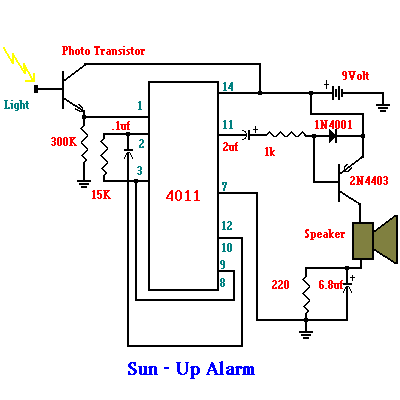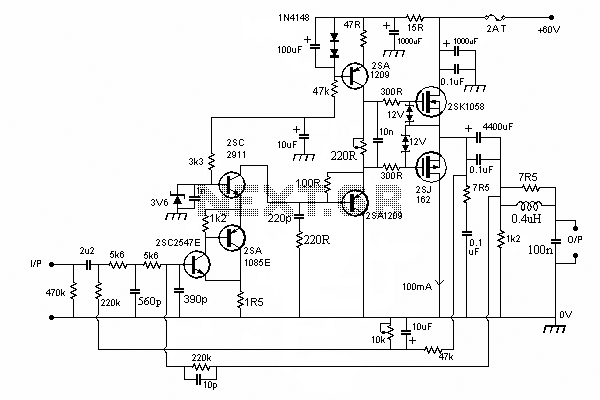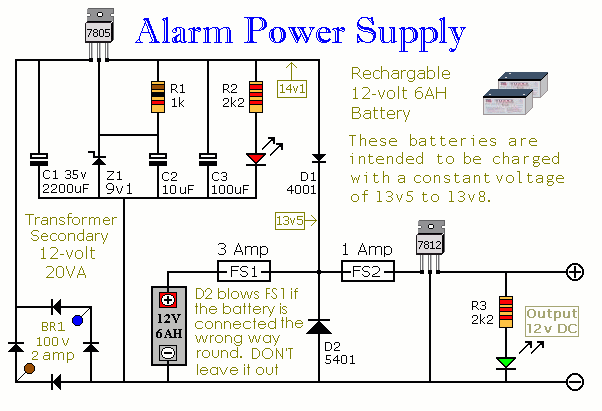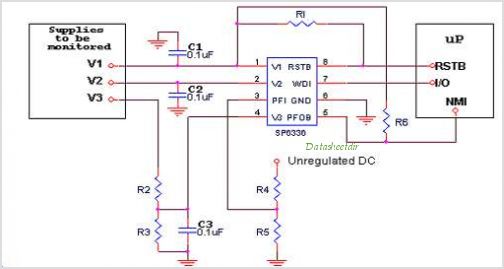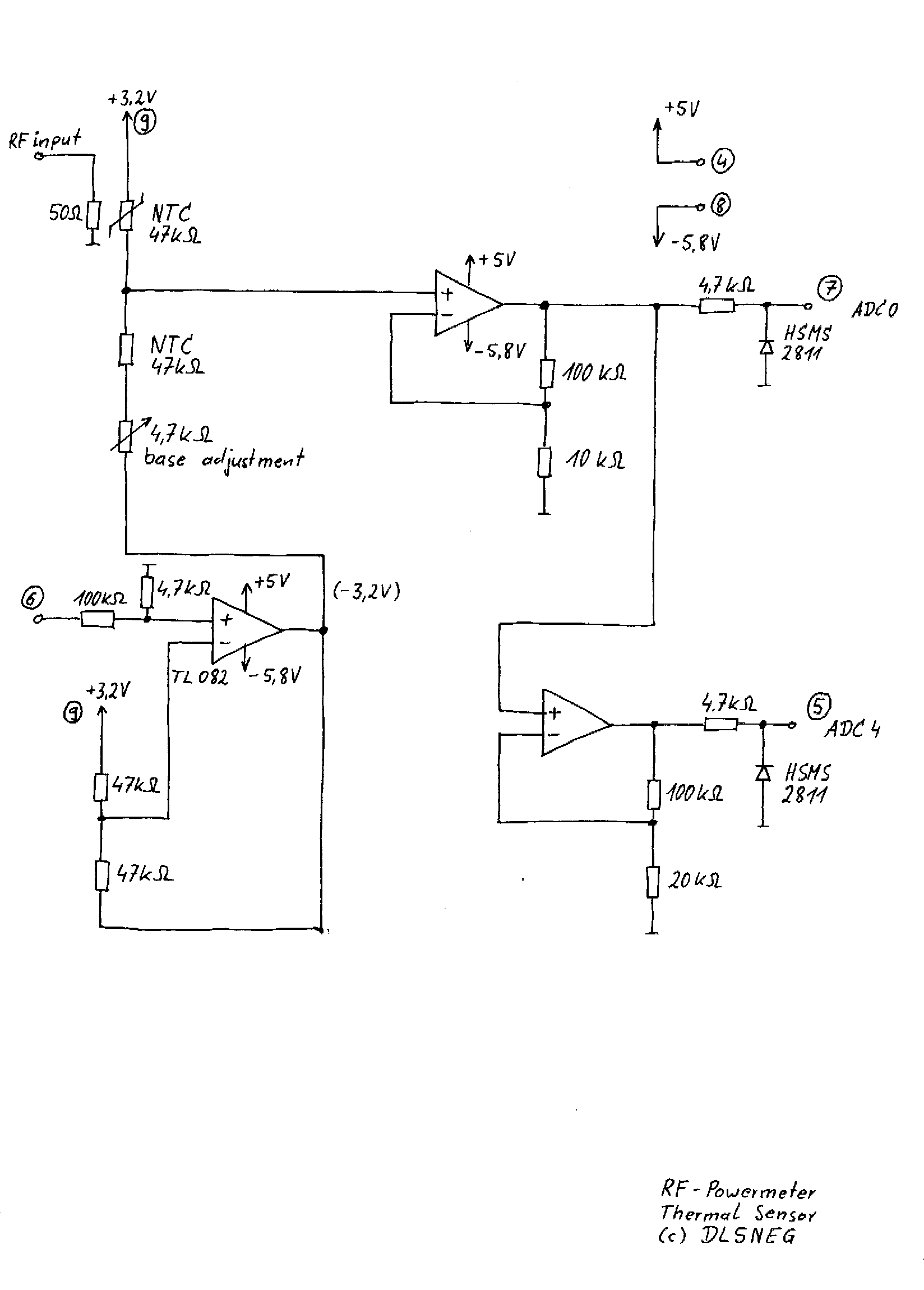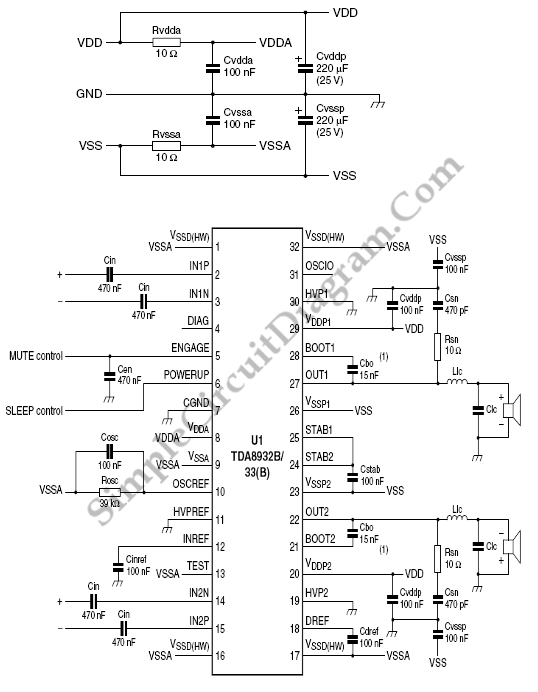
Variable Dual Lab Power Supply
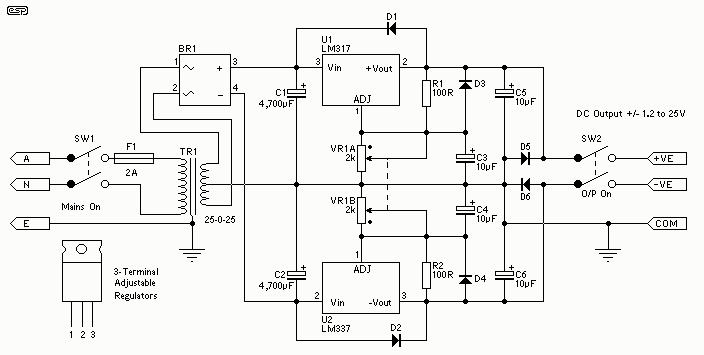
The power supply is based on the LM317 and LM337 variable 3-terminal regulators ICs, and while it is no powerhouse, it is quite satisfactory for testing most power amps, as long as there is no speaker connected.
The circuit utilizes the LM317 and LM337 integrated circuits, which are widely recognized as adjustable voltage regulators. The LM317 is used for positive voltage regulation, while the LM337 handles negative voltage regulation. This configuration allows for a dual-output power supply that can provide both positive and negative voltage levels, making it suitable for testing various audio amplifiers and other electronic devices.
The typical operating voltage range for the LM317 is between 1.25V to 37V, and for the LM337, it is between -1.25V to -37V, with a maximum output current of 1.5A. The output voltage can be adjusted using two external resistors, which form a voltage divider. The values of these resistors determine the output voltage according to the formula provided in the LM317 and LM337 datasheets.
To ensure stability and proper operation, it is advisable to include bypass capacitors at the input and output terminals of both regulators. A 0.1µF ceramic capacitor is typically used at the output to improve transient response, while a larger electrolytic capacitor may be added to the input to filter out any noise from the power source.
The circuit should also incorporate heat sinks for both the LM317 and LM337, as they can generate significant heat during operation, especially when the input voltage is substantially higher than the output voltage. Proper thermal management is essential to prevent overheating and ensure reliable performance.
The overall design should include a power switch and an LED indicator to show when the power supply is active. Additionally, terminal blocks or banana jacks can be used for connecting the output leads, making it easier to interface with the devices under test.
This power supply setup is particularly advantageous for audio applications, where it can be used to power operational amplifiers, preamplifiers, and other audio-related circuits. However, it is important to note that this power supply is not designed for high-current applications or continuous operation under heavy loads, as it may not provide sufficient power for demanding devices.The power supply is based on the LM317 and LM337 variable 3-terminal regulators ICs, and while it is no powerhouse, it is quite satisfactory for testing most power amps, as long as there is no speaker connected. 🔗 External reference
The circuit utilizes the LM317 and LM337 integrated circuits, which are widely recognized as adjustable voltage regulators. The LM317 is used for positive voltage regulation, while the LM337 handles negative voltage regulation. This configuration allows for a dual-output power supply that can provide both positive and negative voltage levels, making it suitable for testing various audio amplifiers and other electronic devices.
The typical operating voltage range for the LM317 is between 1.25V to 37V, and for the LM337, it is between -1.25V to -37V, with a maximum output current of 1.5A. The output voltage can be adjusted using two external resistors, which form a voltage divider. The values of these resistors determine the output voltage according to the formula provided in the LM317 and LM337 datasheets.
To ensure stability and proper operation, it is advisable to include bypass capacitors at the input and output terminals of both regulators. A 0.1µF ceramic capacitor is typically used at the output to improve transient response, while a larger electrolytic capacitor may be added to the input to filter out any noise from the power source.
The circuit should also incorporate heat sinks for both the LM317 and LM337, as they can generate significant heat during operation, especially when the input voltage is substantially higher than the output voltage. Proper thermal management is essential to prevent overheating and ensure reliable performance.
The overall design should include a power switch and an LED indicator to show when the power supply is active. Additionally, terminal blocks or banana jacks can be used for connecting the output leads, making it easier to interface with the devices under test.
This power supply setup is particularly advantageous for audio applications, where it can be used to power operational amplifiers, preamplifiers, and other audio-related circuits. However, it is important to note that this power supply is not designed for high-current applications or continuous operation under heavy loads, as it may not provide sufficient power for demanding devices.The power supply is based on the LM317 and LM337 variable 3-terminal regulators ICs, and while it is no powerhouse, it is quite satisfactory for testing most power amps, as long as there is no speaker connected. 🔗 External reference
